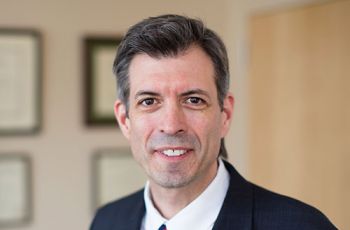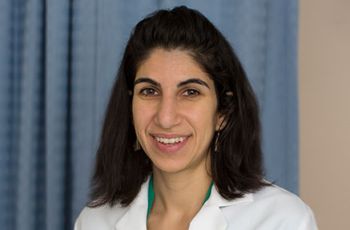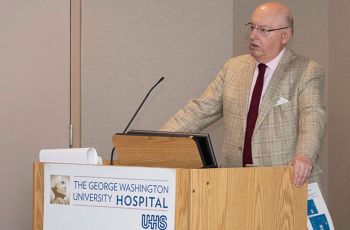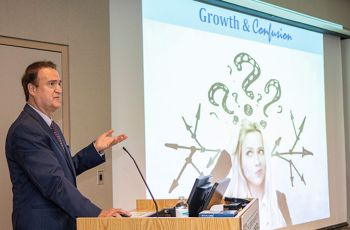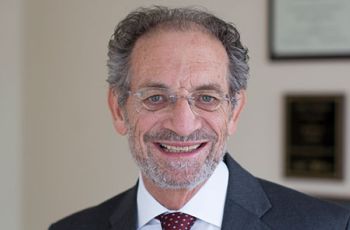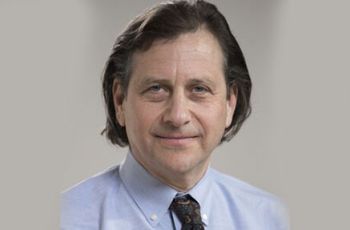Psychiatry & Behavioral Sciences
Mary Alvord, PhD, adjunct associate professor of psychiatry and behavioral sciences, spoke to The Washington Post for an article about the anxiety that some children feel starting a new school year.
Daniel Z. Lieberman, MD, professor of psychiatry and behavioral sciences, spoke to Good Morning Washington about digital media use and the development of ADHD in teenagers and why dopamine is the link.
Zeina Saliba, MD, assistant professor of psychiatry and behavioral sciences, spoke to Bustle for an article about the difference between an STI and a UTI.
Consultation-liaison psychiatry, previously known as psychosomatic medicine, has a long history. And that history, said Thomas Wise, MD, professor of psychiatry and behavioral sciences at SMHS, is important to reflect on to learn how to advance the field.
Robert E. Feinstein, MD, explored the factors behind positive patient outcomes in the 37th Annual Daniel S. Prager, MD, Lecture in Psychoanalytic Psychiatry.
James L. Griffith, MD, chair for the Department of Psychiatry and Behavioral Sciences, spoke to Voice of American for a segment about the suicide rate in the U.S.
Zeina Saliba, MD, assistant professor of psychiatry and behavioral sciences, spoke to American Association for Physician Leadership for an article about signs and prevention of physician suicide.
Daniel Lewin, PhD, associate professor of psychiatry and behavioral sciences and of pediatrics, spoke to U.S. News & World Report for an article about promoting healthy sleep routines during the summer.
Brandon Kohrt, MD, PhD, Charles and Sonia Akman Professor of Global Psychiatry at the GW School of Medicine and Health Sciences, received $100,000 from the Bill and Melinda Gates Foundation.
Lauren Kenworthy, PhD, professor of psychiatry and behavioral sciences and of pediatrics, spoke to Spectrum about a recent study that found children with autism who use certain social strategies can become more anxious as a result.
